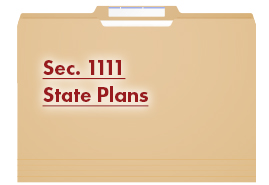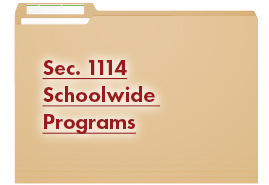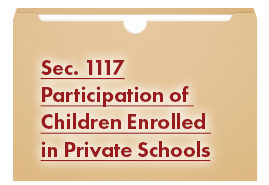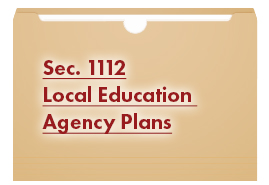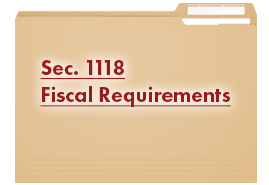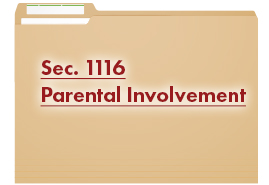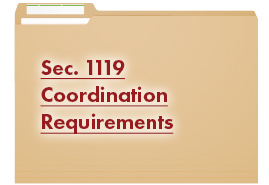Title I Part A - Basic Programs
Resources:
- 2025-26 Title Program Reps
- Combined Coordination
MOU Sample - Coordination MOU Title I Sample
- GEPA Sample Statement 2022-23
- Family Friendly Walk Through
- Foster Care Regional Contact List SY 2024-25
- Requirements for Paraprofessionals in Title I Programs
- Title Crate Upload
- Title Programs
Technical Support Handbook - Tribal Consultation Guidance and Form

